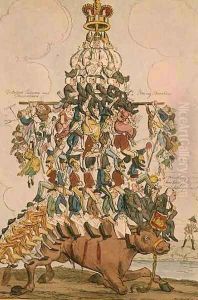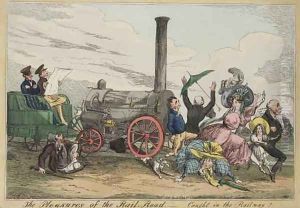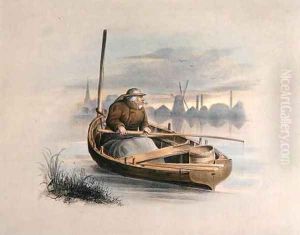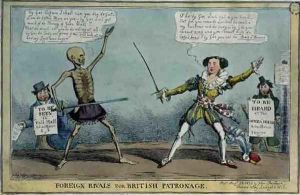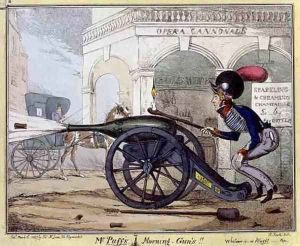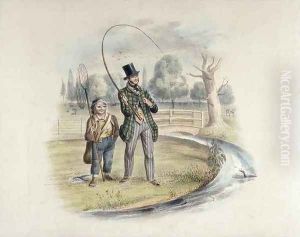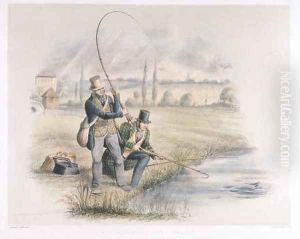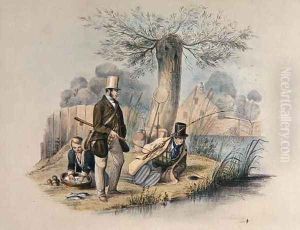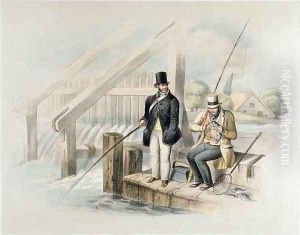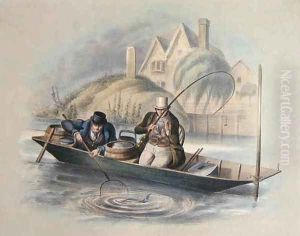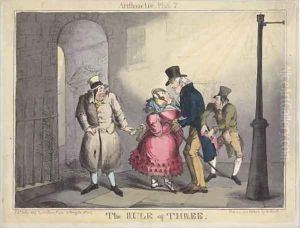Henry Heath Paintings
Henry Heath was an English artist and caricaturist active during the early 19th century. Born in 1799, Heath became known for his satirical takes on society, politics, and everyday life. Unlike some of his contemporaries who focused on more refined and subtle forms of satire, Heath's work often ventured into more overt and sometimes grotesque caricatures, reflecting the tumultuous social and political climate of his time.
Heath's career as a caricaturist began in the 1820s, a period that saw a vibrant and expanding market for satirical prints in London. During this era, caricature was not just an art form but also a significant medium for political and social commentary, with artists like Heath playing a crucial role in shaping public opinion. Heath's work frequently appeared in publications and was also sold as individual prints, which were popular among the middle and upper classes.
Throughout his career, Henry Heath experimented with various subjects, ranging from critiques of the fashion industry to commentaries on political events. One of the hallmarks of his style was the incorporation of fantastical and exaggerated elements, which made his caricatures both amusing and thought-provoking. Despite the humorous nature of his work, Heath's caricatures often contained sharp critiques of societal norms and injustices, reflecting his keen observations of the world around him.
Unfortunately, despite his contributions to the field of caricature, Heath's work has not received the same level of recognition as some of his contemporaries, such as George Cruikshank or James Gillray. He passed away in 1840, leaving behind a body of work that provides valuable insights into the social and political landscape of early 19th century England. Today, Henry Heath's caricatures can be found in various collections and museums, serving as a testament to his artistic talent and his unique perspective on the era in which he lived.
